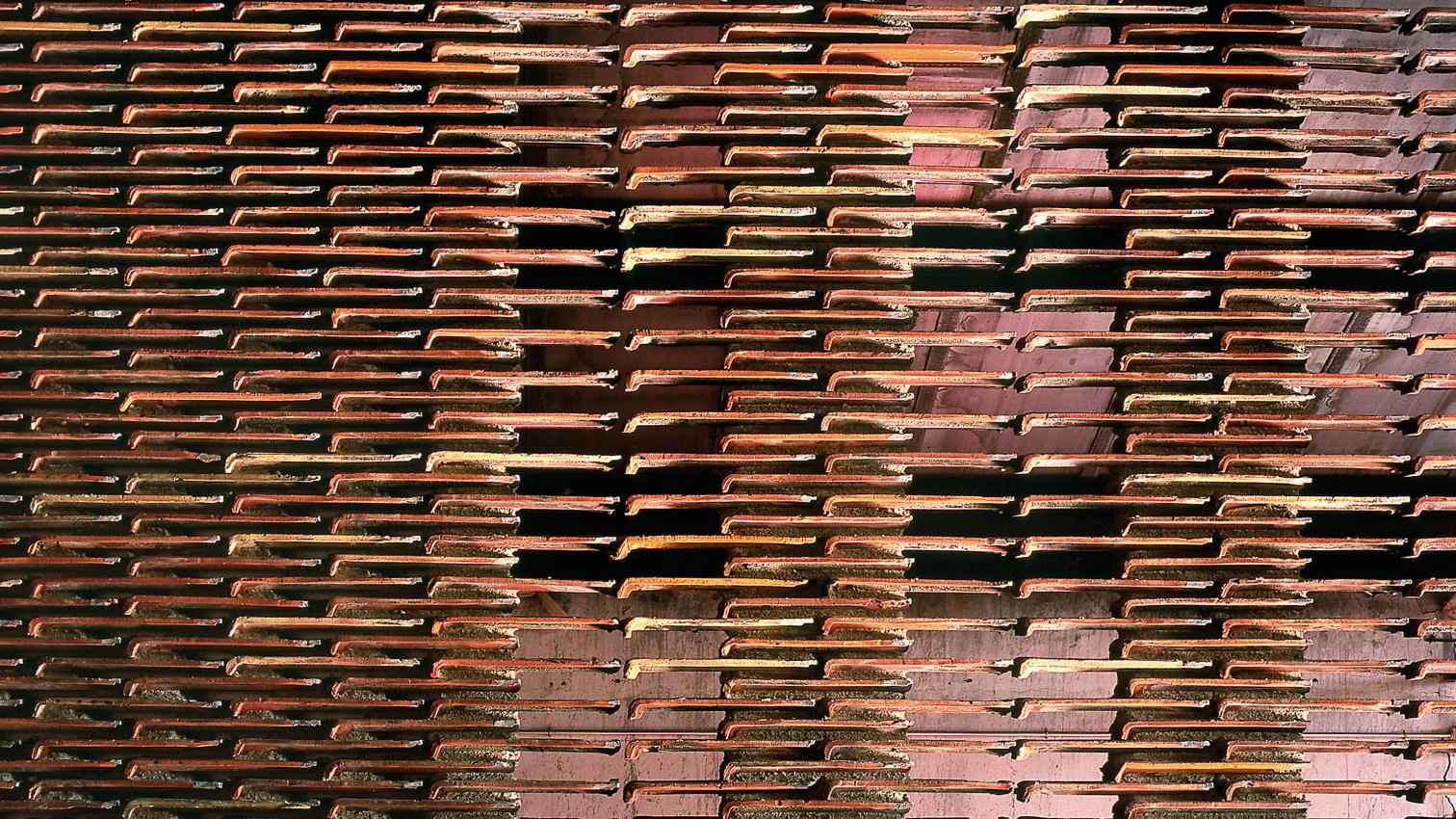Recycled Matter

“Amazed, the old Dersu Uzala discovers Russian soldiers shooting at a bottle hanging from a rope:
–Why smash bottle? In Taiga, where find bottle? Waste bullets bad.
–Go ahead, old man. Try it yourself.
Dersu shoots the rope from over ten meters away, comes closer, bends down and picks up the bottle. For the great hunter of Taiga the bottle would surely have some use in the future.”
This story shows that the impulse to reuse is related not so much to a commitment to saving, but rather to an acknowledgment of its intrinsic value. The value of everything material and of everything immaterial; of everything with an evocative capacity.
The truth is that often the decision to recycle is determined neither by the economy nor by energy waste, but rather by something more natural, more intuitive, more immediate, more intelligent. Perhaps for convenience, because it is closer, because it is part of our past, or simply because it occupies a place and that place can be interesting for other purposes. Reusing also allows not inventing, or making the most of what there is. Working with a constant haze so that observing the world from another point of view becomes enough. Recycling is changing location, function or thought. It means working with what is at hand, discovering little by little what opportunities there are, in real time, living, ordering and disordering.
However, as an a priori attitude, recycling is at risk of becoming in itself an aesthetic objective. If the idea arises before the opportunity, if the will arises before the need, if this happens, then we are probably once again approaching the persuasive world of fashion. But that is another story.
Through reuse, on the other hand, one inevitably inherits a prior life. It is a way of borrowing stories that nobody was listening to anymore. It is our duty to bring new life to stones, so that they are not just lying there, like a dead animal; at least that is how Joseph Beuys told the story in his particular vision of the ready-made. These notes must not be interpreted as a remembrance of Arte Povera.
Like a story snatcher, the architect, with the material at hand, struggles between the romantic and the strictly ethic, in an unstable balance.
Let me conclude, likewise, by appropriating a quote that Félix Solaguren once sent me, and that he in turn had taken from the book Récréations Mathématiques et Physiques, by Jacques Ozanam, in the 1778 edition; a quote that the latter recycled from the Sixth Book of the famous treatise by Marcus Vitruvius Pollio, The Ten Books on Architecture, to say that man finds peace using his own past to build his future. The quote says: “Aristippus, disciple of Socrates, was shipwrecked and cast ashore on the coast of the Rhodians and, on noticing geometric figures drawn in the sand, cried out to his companions: ‘Let us be of good cheer, for I see traces of man’.”





